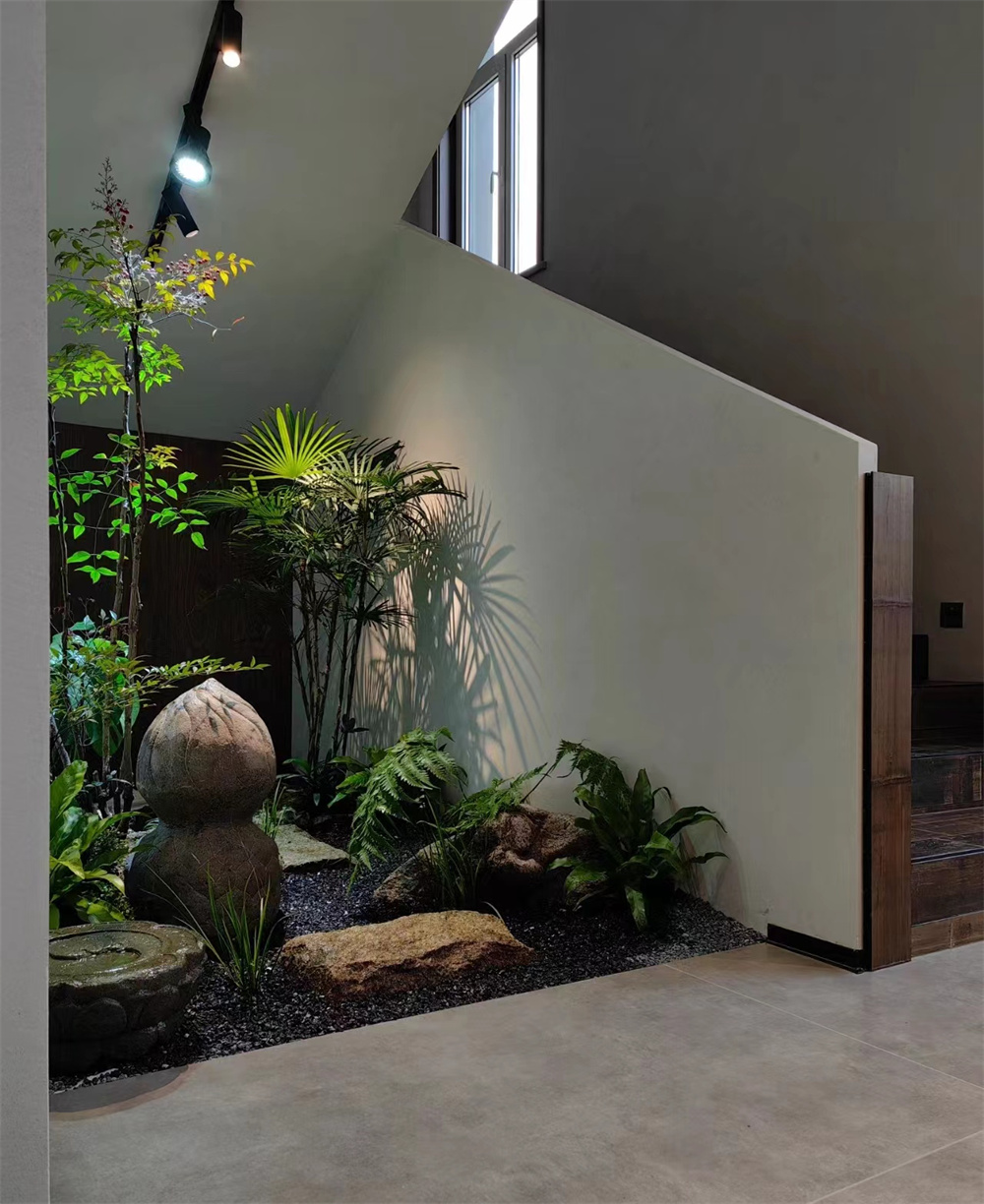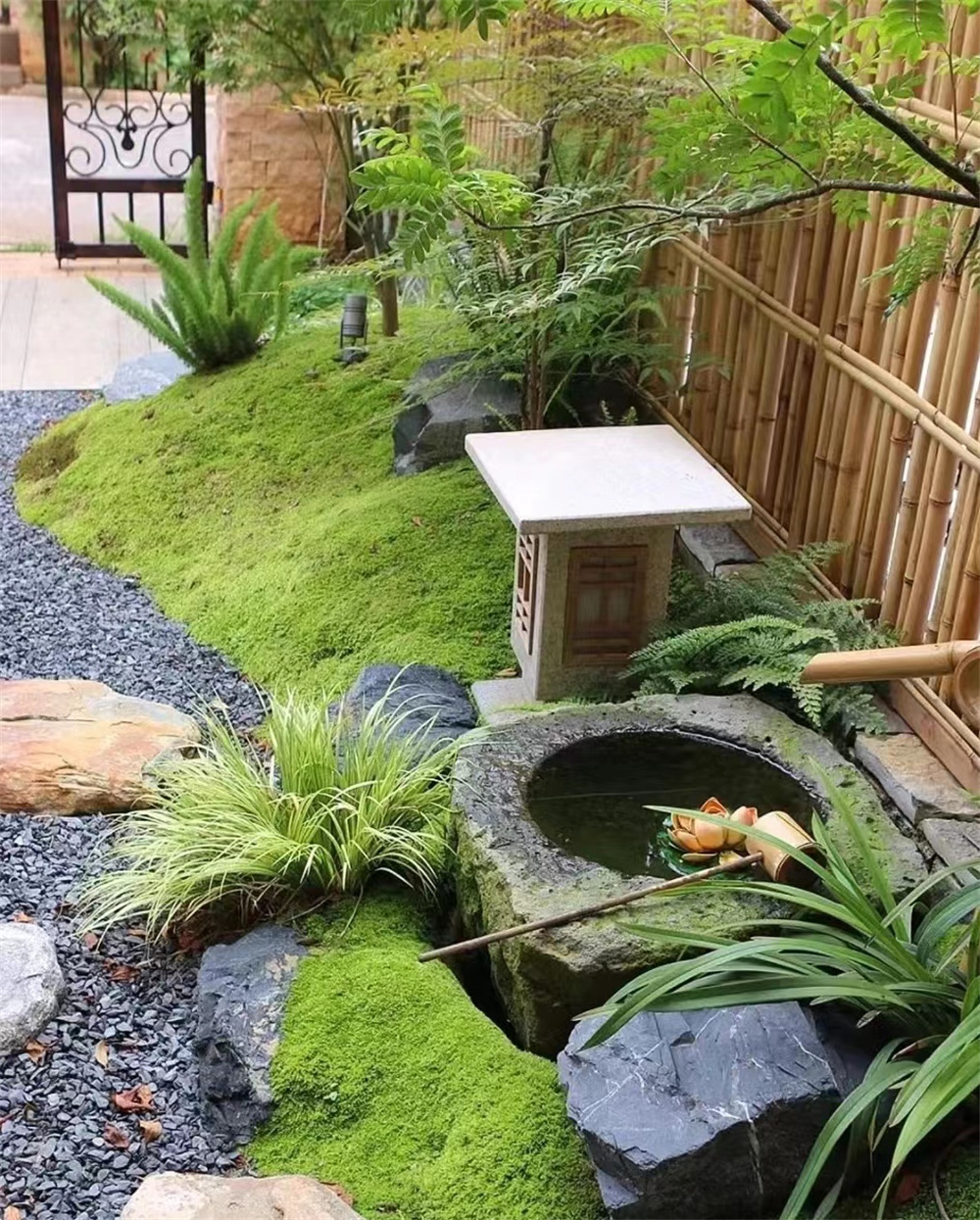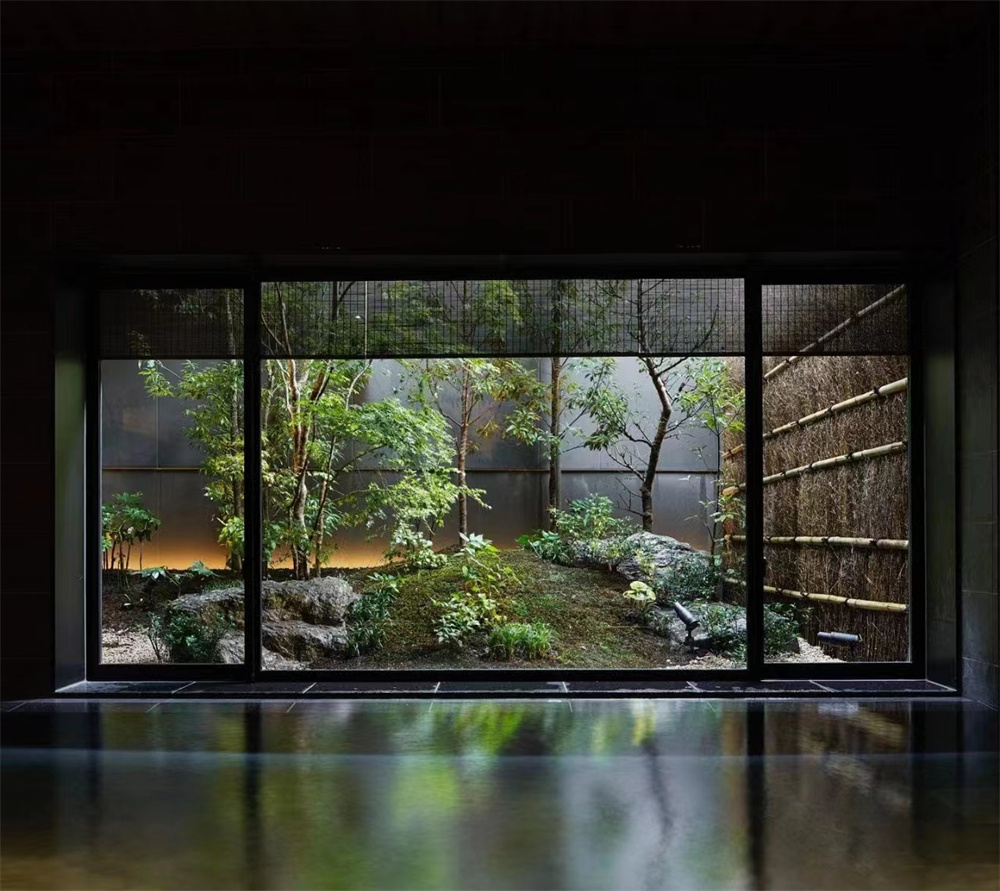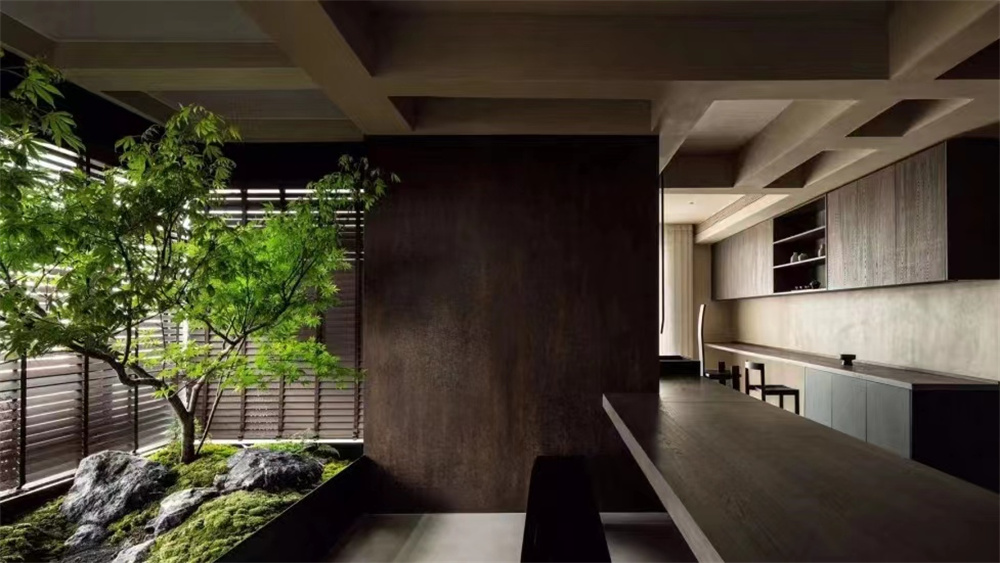中式园林景观图片(中式园林景观图片欣赏)
温馨提示:这篇文章已超过515天没有更新,请注意相关的内容是否还可用!
Title: Exploring the Beauty of Chinese Garden Landscape: A Visual JourneyIntroduction:Chinese garden landscape is renowned for its exquisite beauty, harmonious design, and deep cultural significance. This article aims to provide a comprehensive exploration of Chinese garden
Title: Exploring the Beauty of Chinese Garden Landscape: A Visual Journey
Introduction:
Chinese garden landscape is renowned for its exquisite beauty, harmonious design, and deep cultural significance. This article aims to provide a comprehensive exploration of Chinese garden landscapes through a collection of captivating images and an appreciation of their unique features. By immersing ourselves in the visual splendor of these gardens, we can gain a deeper understanding and appreciation of this ancient art form.
Section 1: The Essence of Chinese Garden Landscape
Chinese garden landscapes are characterized by their artistic representation of nature, reflecting the Taoist philosophy of harmony between man and nature. These gardens often feature elements such as water, rocks, plants, pavilions, and bridges, meticulously arranged to create a serene and tranquil atmosphere. By incorporating the natural elements, Chinese gardens strive to create a microcosm of the larger natural world.

[Insert Chinese garden landscape image 1]
Section 2: The Symbolism of Chinese Garden Landscape
Chinese gardens are rich in symbolism, with each element carefully chosen to convey specific meanings. Water, for example, symbolizes life and the flow of energy, while rocks represent stability and longevity. The use of pavilions and bridges symbolizes the connection between heaven and earth. By understanding these symbolic representations, we can better appreciate the deeper meaning behind the design of Chinese garden landscapes.

[Insert Chinese garden landscape image 2]
Section 3: The Four Essential Elements of Chinese Garden Landscape
Chinese garden landscapes are often composed of four essential elements: rocks, water, plants, and architecture. These elements work in harmony to create a balanced and harmonious composition. Rocks are strategically placed to create a sense of natural beauty, while water is used to reflect the surrounding scenery and enhance the overall tranquility. Plants, including trees, flowers, and bamboo, are carefully selected to add color and fragrance to the garden. The architecture, such as pavilions and bridges, provides a focal point and enhances the overall aesthetic appeal.

[Insert Chinese garden landscape image 3]
Section 4: Famous Chinese Garden Landscapes
China is home to numerous famous garden landscapes, each with its own unique charm and historical significance. The classical gardens of Suzhou, for example, are renowned for their exquisite design and meticulous craftsmanship. The Humble Administrator's Garden, Lingering Garden, and Lion Grove Garden are just a few examples of these masterpieces.

[Insert Chinese garden landscape image 4]
Section 5: Appreciating Chinese Garden Landscape
To fully appreciate Chinese garden landscapes, one must immerse oneself in their beauty. The intricate details, the delicate balance of elements, and the sense of tranquility all contribute to the profound experience of being in a Chinese garden. Whether strolling along a winding pathway, admiring the reflection in a tranquil pond, or finding solace in a peaceful pavilion, the beauty of Chinese garden landscapes is truly captivating.

[Insert Chinese garden landscape image 5]
Conclusion:
Chinese garden landscapes are an art form that combines nature, culture, and philosophy. Through their unique design and symbolic representations, they provide a glimpse into the rich history and profound wisdom of Chinese culture. By appreciating the beauty of Chinese garden landscapes, we can gain a deeper understanding of the harmony between man and nature. Let us continue to cherish and preserve these timeless treasures for future generations to enjoy.





还没有评论,来说两句吧...